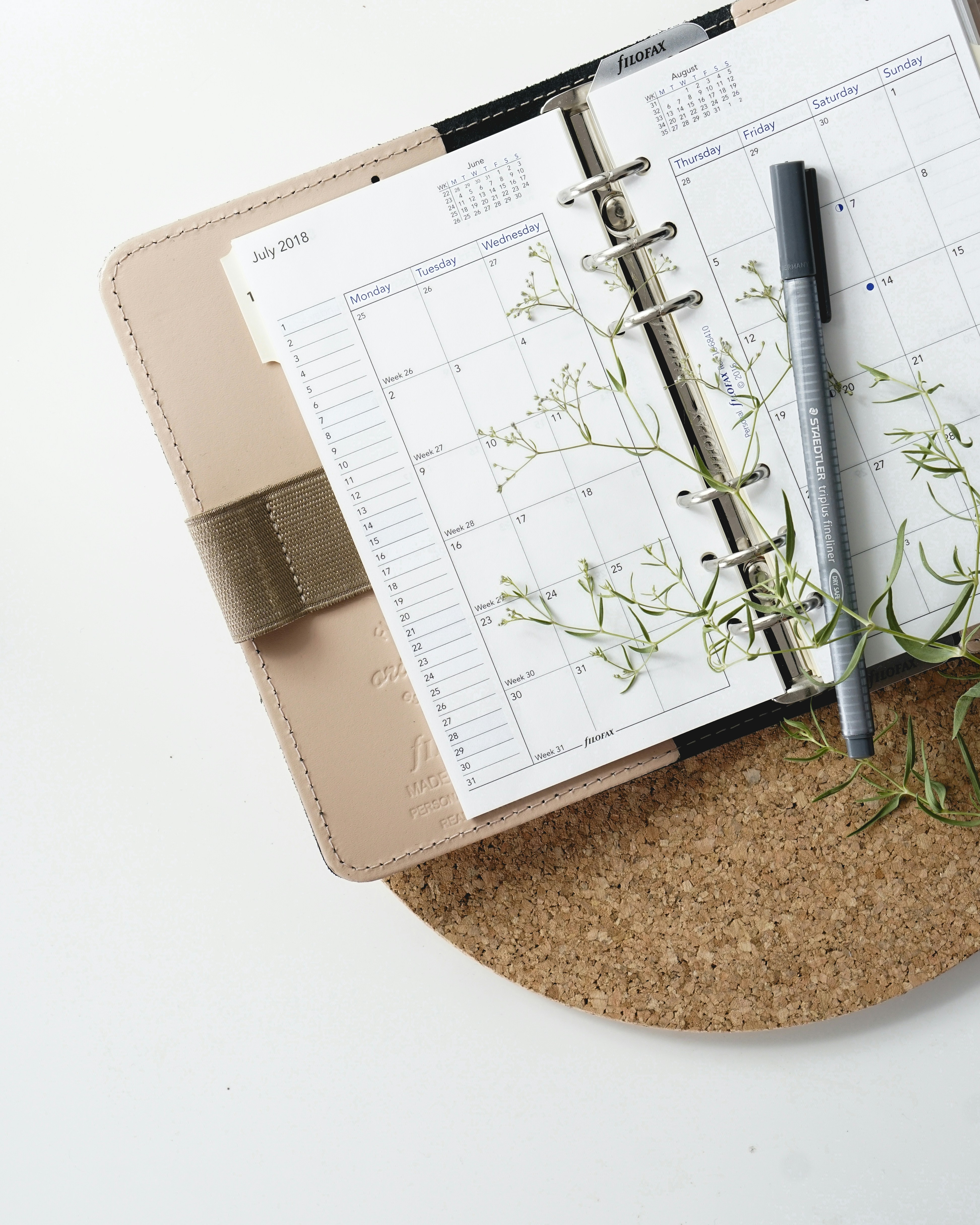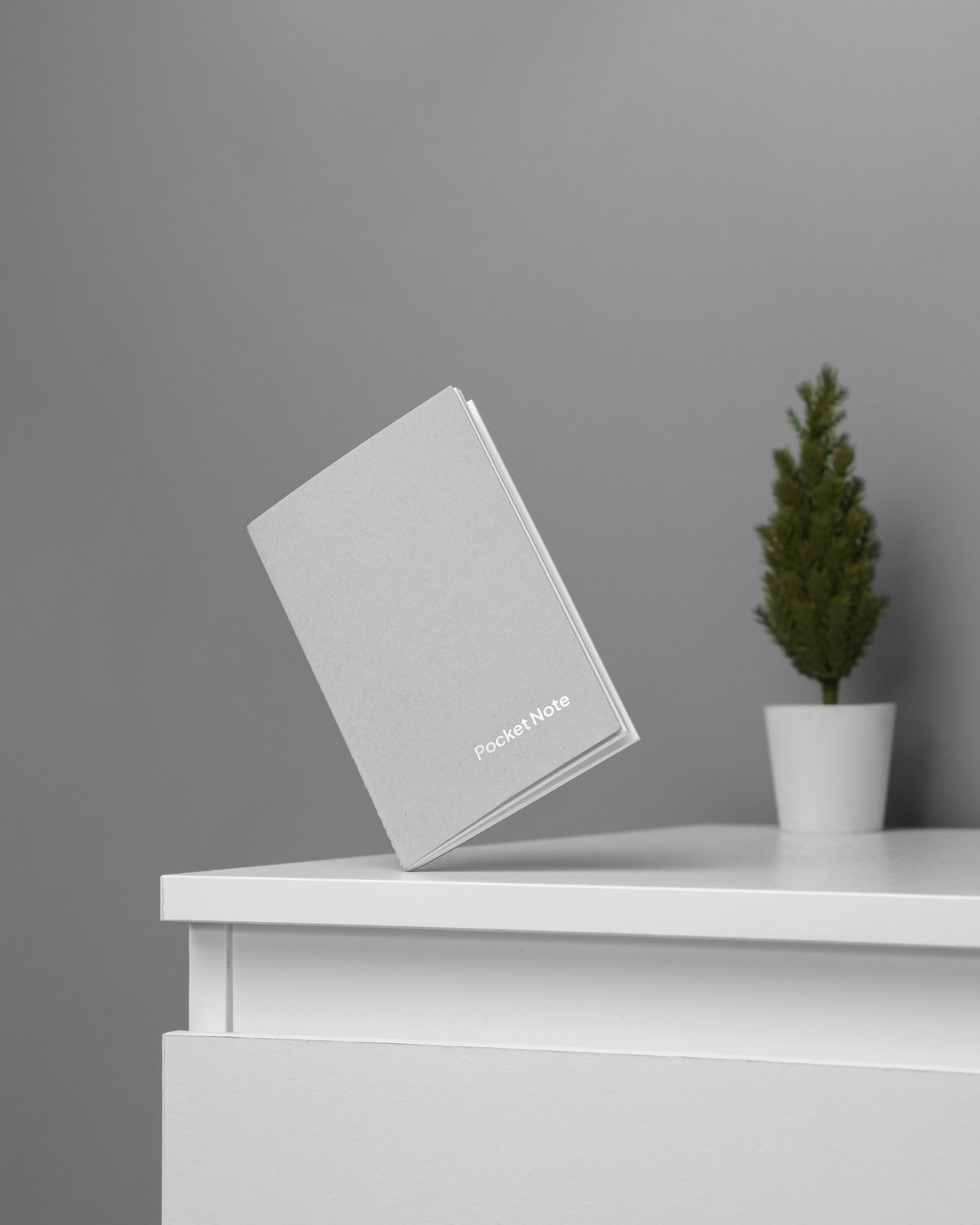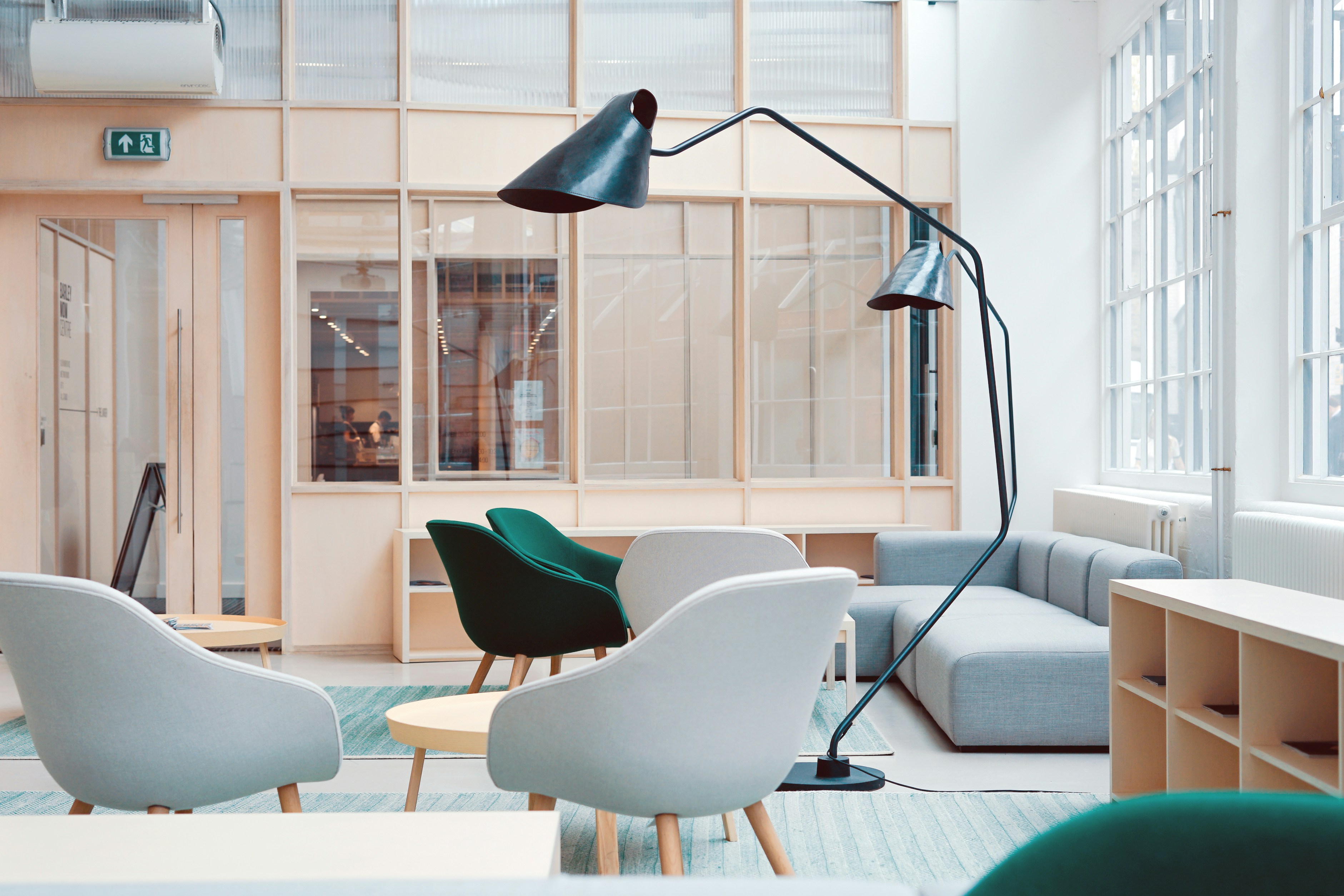The Interplay Between Productivity and Happiness: Creating a Space for Fostering Both
August 23, 2024 | by ieva.stanynaite@hostinger.com
 Photo by Renáta-Adrienn on Unsplash
Photo by Renáta-Adrienn on Unsplash Understanding the Connection Between Productivity and Happiness
Productivity, defined as the effective use of resources to achieve desired goals, manifests in both personal and professional contexts. In a personal setting, productivity might involve daily routines, personal projects, or self-improvement activities. Professionally, it encompasses meeting work deadlines, achieving career milestones, and contributing to team success. The sense of accomplishment derived from productivity often yields a profound sense of fulfillment and well-being, which is essential for fostering ongoing happiness.
Research extensively supports the positive correlation between productivity and happiness. Engaging in productive activities can lead to the release of dopamine and other neurotransmitters that create feelings of pleasure and satisfaction. This neurochemical response reinforces the motivation to continue pursuing productive endeavors, thereby enhancing mental well-being. Additionally, the psychological theory of ‘flow,’ introduced by Mihaly Csikszentmihalyi, describes a state of deep absorption and engagement in activities that match one’s skill level with the challenge presented. Achieving flow during productive work can lead to profound happiness, as individuals experience intrinsic motivation and gratification.
However, the pursuit of productivity does come with certain potential pitfalls. Overemphasis on productivity, especially when it leads to neglecting rest and leisure, can result in burnout. Burnout is characterized by chronic stress and exhaustion, which detracts significantly from overall happiness. Maintaining a balanced approach is crucial; integrating leisure, relaxation, and social connections alongside productive efforts ensures that well-being is sustained. A holistic approach to productivity, considering both high-impact activities and necessary downtime, fosters not just momentary happiness but enduring mental health and satisfaction.
Creating a Space that Enhances Both Productivity and Happiness
Designing a workspace that fosters both productivity and happiness involves a strategic approach to environmental factors and practical strategies. A well-organized, clutter-free workspace is essential. Clear spaces contribute to mental clarity by minimizing distractions, thus enhancing efficiency. An organized environment promotes a sense of control and reduces stress, paving the way for improved focus and task completion.
The inclusion of elements that boost mood and motivation is fundamental. Natural light, for instance, has been shown to improve mood and alertness. Exposure to sunlight regulates the body’s circadian rhythms, leading to better sleep and a heightened ability to concentrate during working hours. Plants, with their calming effect and air-purifying capabilities, contribute to a more pleasant and healthier workspace. Moreover, personalized decor that reflects one’s interests and achievements can enhance job satisfaction and motivation.
The role of ergonomics cannot be overstated in maintaining physical comfort and health. Ergonomically designed furniture, such as adjustable chairs and desks, supports proper posture, reducing the risk of musculoskeletal issues. This physical comfort translates into less fatigue and discomfort, indirectly fostering mental well-being. Investing in ergonomic tools can therefore go a long way in enhancing both productivity and happiness.
Equally important is setting clear boundaries between work and leisure spaces. This separation is critical in preventing the overlap that can cause stress and diminish productivity. Designating specific areas for work and relaxation ensures that each space serves its intended purpose, thereby promoting a balanced lifestyle.
Technology and digital tools also play a significant role in streamlining tasks and minimizing distractions. Tools for task management, time tracking, and communication facilitate better organization and efficiency. However, it is crucial to use these technologies mindfully to avoid information overload and digital fatigue.
Lastly, incorporating regular breaks and relaxation techniques is vital. Scheduled breaks, mindfulness exercises, and even short walks can recharge mental energy, maintain a positive mindset, and ultimately sustain long-term productivity and happiness.
RELATED POSTS
View all

